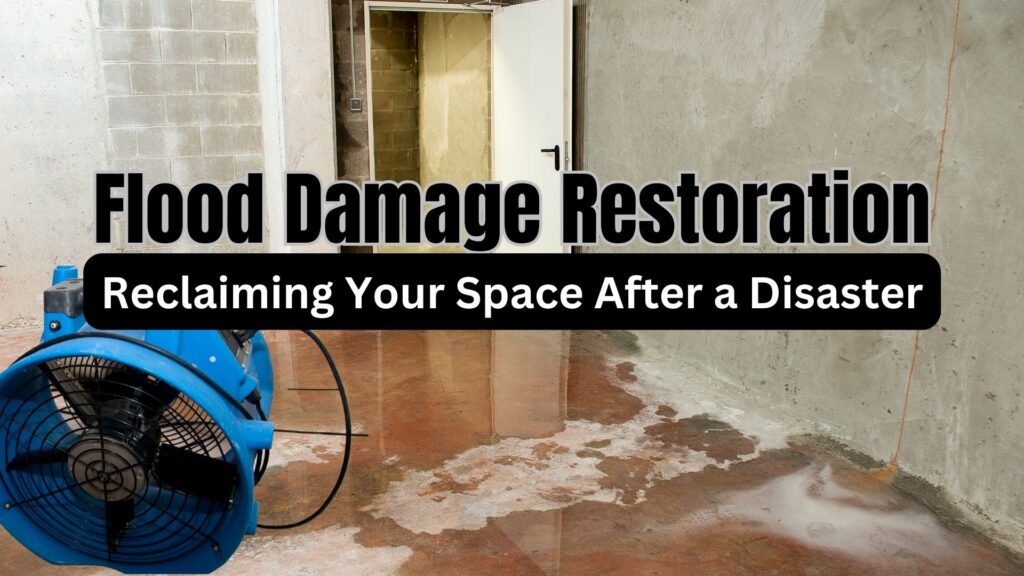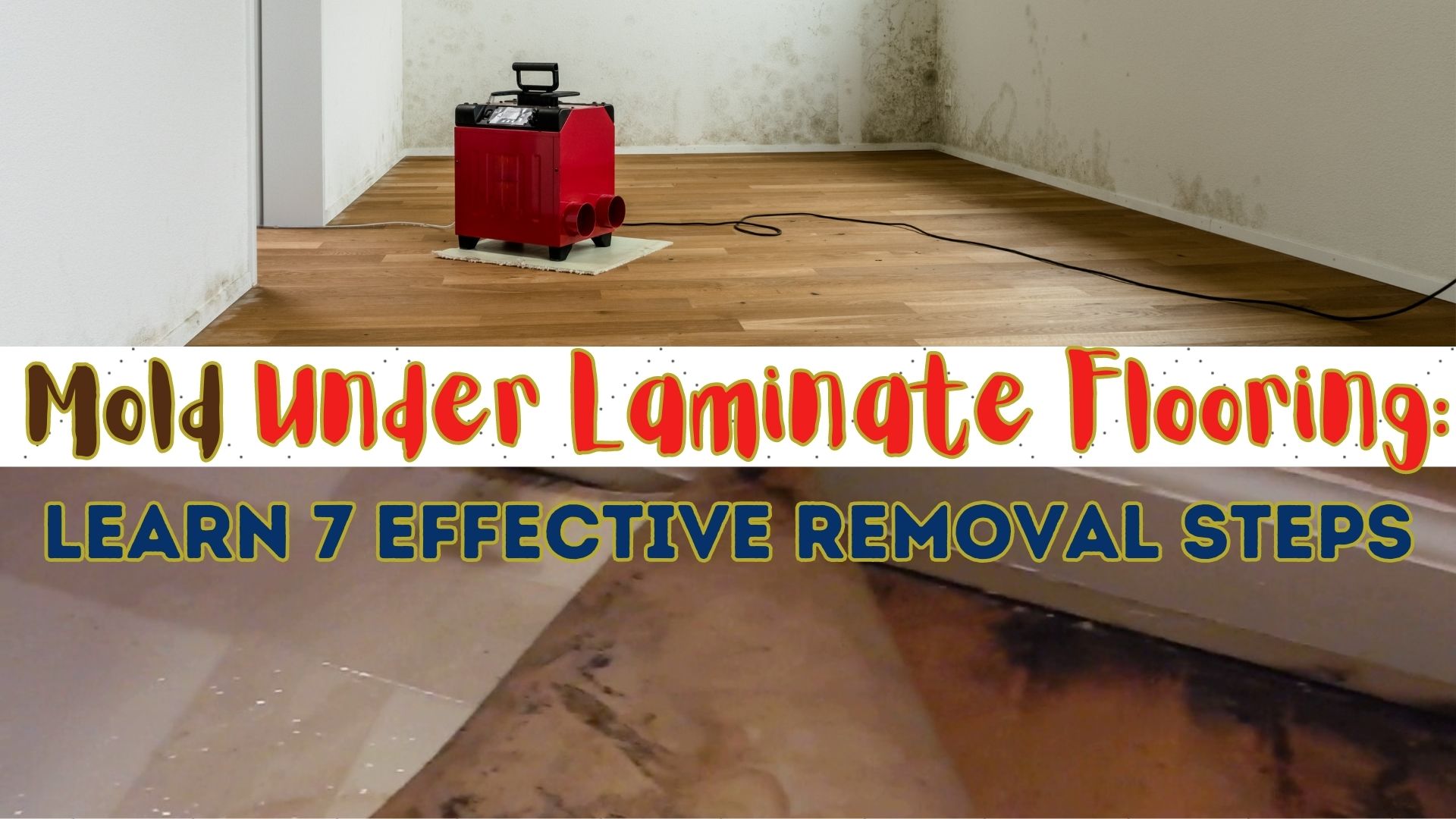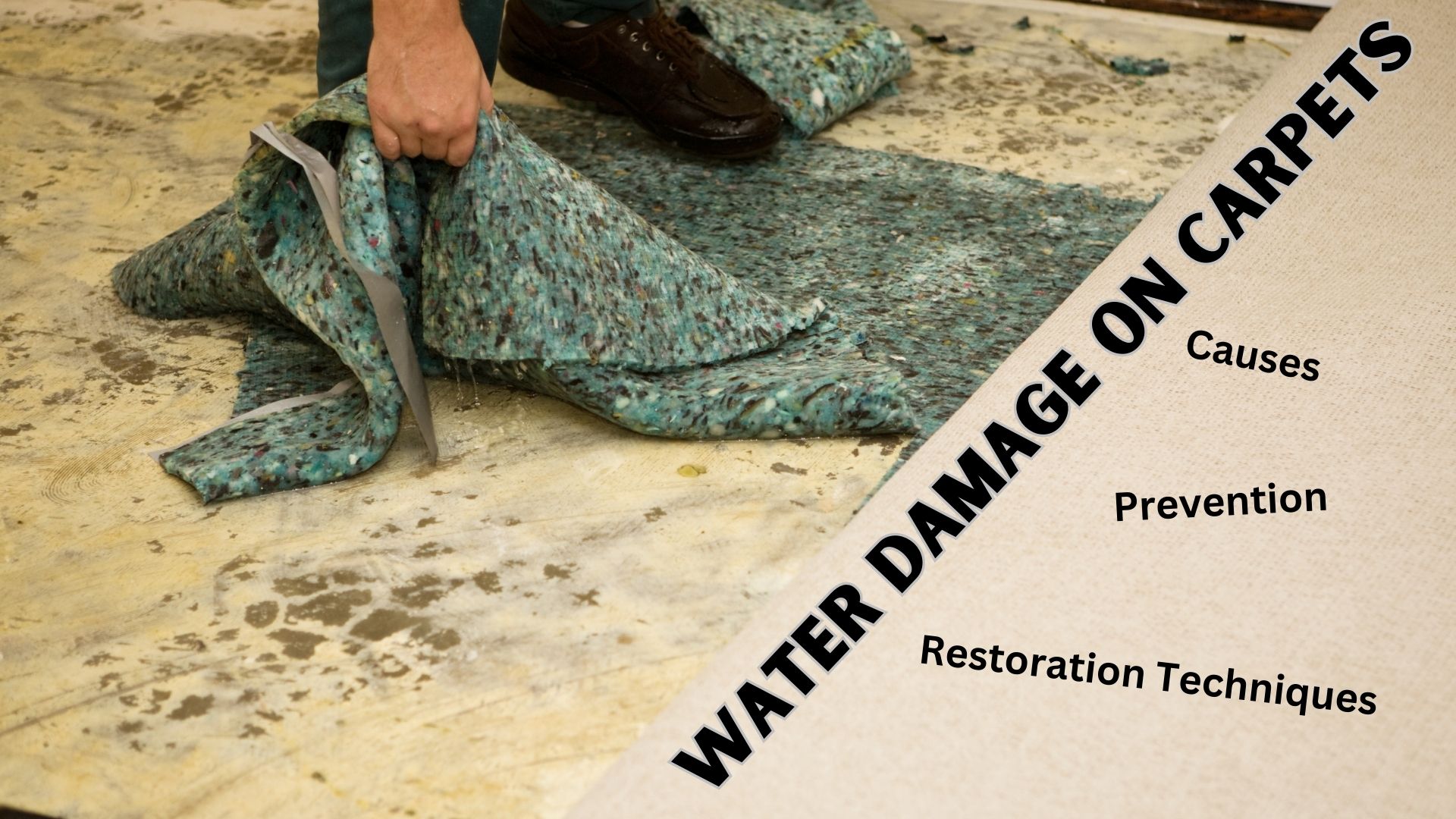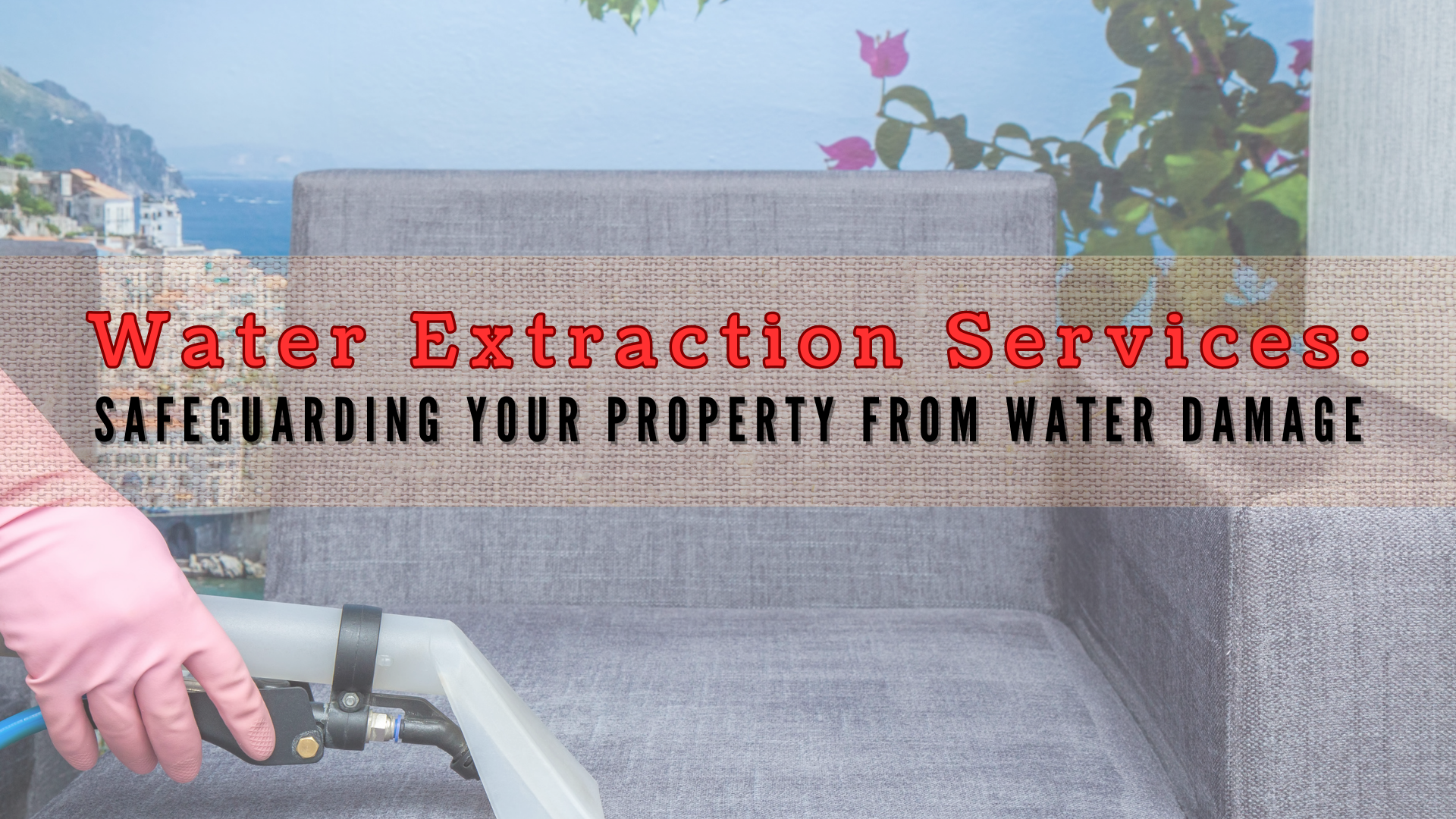Natural disasters can strike without warning, leaving behind a trail of devastation and chaos. Among the most common and destructive calamities is flooding, which can wreak havoc on homes and businesses alike. However, amidst the chaos, there is a glimmer of hope—a chance to restore what was lost through the process of flood damage restoration. The aftermath of a flood often includes extensive water damage, which requires immediate attention to prevent further deterioration.
In this comprehensive guide, we’ll delve into the water damage restoration process, the various aspects of flood damage, and the steps to effectively restore your property. From understanding the types of water damage to employing submersible pumps and wet-dry vacuums, we’ve got you covered.
Understanding Flood Damage Restoration
Navigating the Water Damage Restoration Process
When floodwaters invade your space, the first step is to assess the extent of the damage. Water damage can be categorized into different types based on the source and severity. There’s clean water damage, such as that caused by a burst pipe, gray water damage from sources like a water heater, and the most hazardous, black water damage, which carries contaminants and poses health risks.
Understanding the Types of Water Damage
- Clean Water Damage: This type originates from a clean water source, like a burst pipe or a leaky faucet. Although it may seem harmless, clean water can quickly turn into a problem if left unattended. The key is to address it promptly to prevent mold growth and structural damage.
- Gray Water Damage: Gray water is slightly contaminated water that originates from sources like washing machines, dishwashers, or water heaters. It contains substances such as soap, grease, and minerals. While it poses a moderate risk, it’s crucial to address gray water damage swiftly to prevent further deterioration.
- Black Water Damage: The most hazardous type of water damage, black water, comes from unsanitary sources such as sewage backups, floodwaters, and contaminated standing water. It carries pathogens, chemicals, and other harmful substances. Restoration efforts for black water damage should always be left to professionals who have the necessary equipment and expertise.
The Flood Damage Restoration Process
Restoring a property after flood damage is a systematic process that involves multiple steps to ensure a safe and thorough recovery. Let’s break down the flood damage restoration process:
Step 1 – Ensure Personal Safety
Before starting any restoration work, it’s vital to prioritize safety. Wear personal protective equipment (PPE) such as gloves, goggles, and respirators to shield yourself from potential hazards present in floodwaters.
Step 2 – Remove Standing Water
The first task is to eliminate any standing water from the affected area. Utilize submersible pumps and wet-dry vacuums to efficiently extract water. This step helps minimize damage to the structure and contents of the property.
Step 3 – Assess Structural Damage
Once the standing water is removed, assess the structural integrity of your home or business. Flooding can weaken foundations, walls, and flooring. Address any visible issues and consider consulting a structural engineer if extensive damage is suspected.
Step 4 – Drying and Dehumidification
Thoroughly drying the space is crucial to prevent mold growth. Use industrial-grade dehumidifiers and air movers to circulate air and expedite the drying process. Moisture levels should be consistently monitored to ensure effective drying.
Step 5 – Cleaning and Disinfection
Floodwaters can leave behind contaminants and pathogens. Thoroughly and deeply clean and disinfect all surfaces, including walls, floors, and furniture. This step is particularly important, especially for black water damage situations.
Step 6 – Restoration and Repairs
With the area cleaned and dried, you can now focus on restoring your property to its pre-flood condition. Replace damaged materials, repair structural components, and repaint walls as necessary. This step might also involve addressing any electrical or plumbing issues that arose from the flood.
The Long-Term Effects of Flood Damage
Flood damage isn’t just limited to the immediate aftermath of the disaster. It can have long-term repercussions that impact the safety and value of your property. Some of the long-term effects include:
Mold Growth: If water isn’t properly removed and the area isn’t thoroughly dried, mold can begin to flourish within 24-48 hours. Mold not only damages surfaces but can also lead to respiratory issues for occupants.
Structural Degradation: Excess water weakens the structural integrity of buildings. Over time, this can result in sagging ceilings, warped walls, and compromised foundations.
Health Hazards: Standing water and contaminated floodwaters can lead to health risks for both humans and pets. These hazards can linger even after the immediate restoration process is completed.
Why are Flood Damage Restoration Services Important?
While some may attempt to tackle water damage restoration on their own, enlisting the help of professionals is highly recommended especially for flood damage restoration services. Trained technicians have the expertise, equipment, and experience to handle all aspects of the restoration process, from water extraction to structural repairs.
Access to Advanced Equipment
Professional restoration companies have access to specialized equipment such as industrial-strength dehumidifiers, high-powered water extraction tools, and moisture detection devices. These tools ensure a thorough and efficient restoration process.
Expertise in Safety Protocols
Professionals are well-versed in safety protocols and adhere to industry standards. They know how to handle hazardous situations, such as black water damage, without compromising their well-being or the safety of the occupants.
Comprehensive Restoration
From cleaning and disinfection to repairs and renovations, professional restoration services offer a comprehensive approach to ensure your property is fully restored. They also understand the importance of swift action to prevent long-term damage.
Superior Restoration Flood Damage Services
Flood damage can be a daunting and overwhelming experience, but with the right approach, it’s possible to reclaim your space and restore it to its former glory. The water damage restoration process, though intricate, is essential for preventing further deterioration and ensuring the safety of your home or business. Remember, safety comes first—always wear the appropriate personal protective equipment and consider seeking the assistance of professional restoration services for a thorough and efficient recovery. By understanding the types of water damage, employing proper equipment, and following a systematic restoration process, you can navigate the challenges posed by flooding and emerge with a restored and resilient property. Contact Water Damage Murrieta, for flood damage restoration services today!





